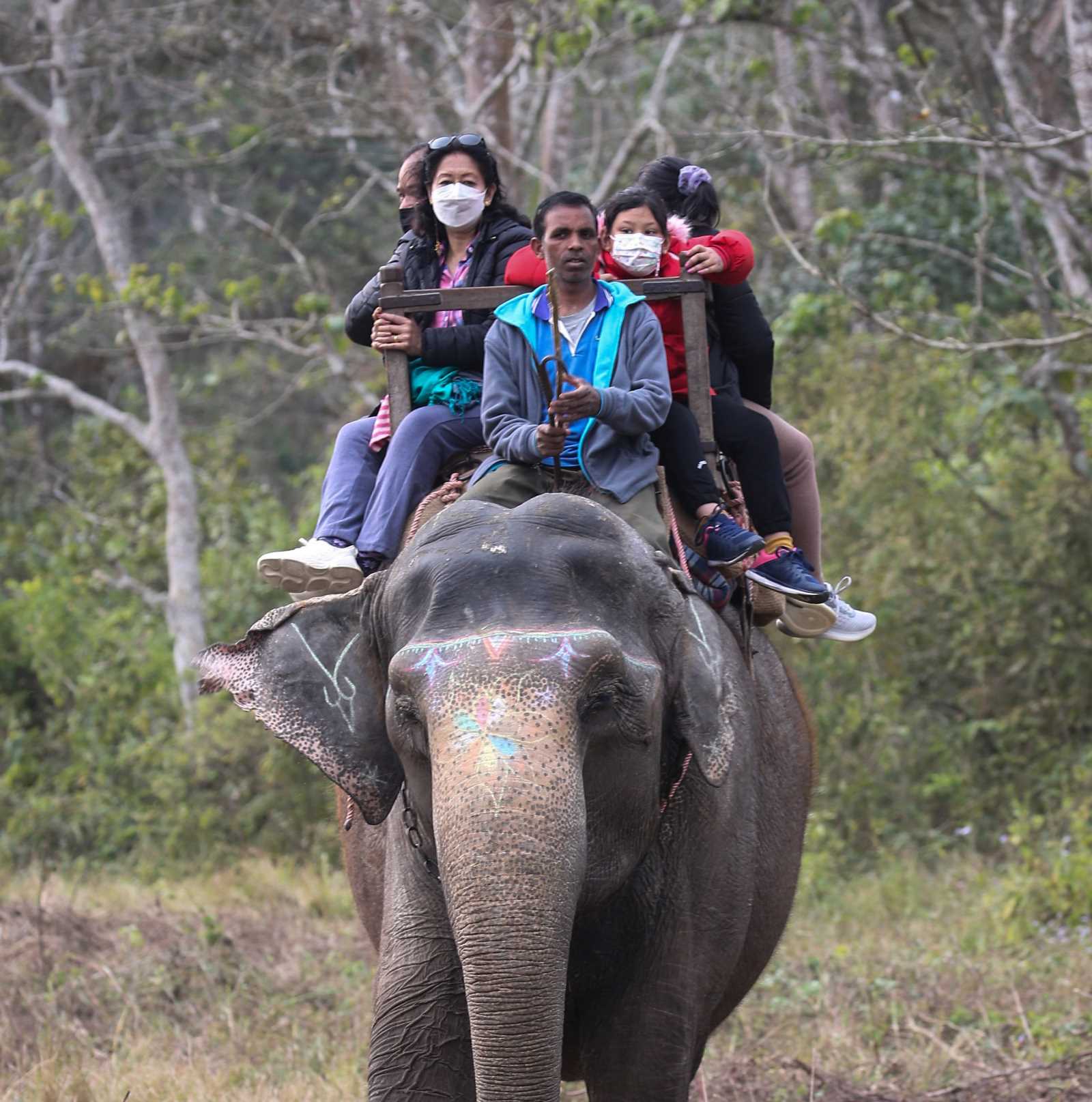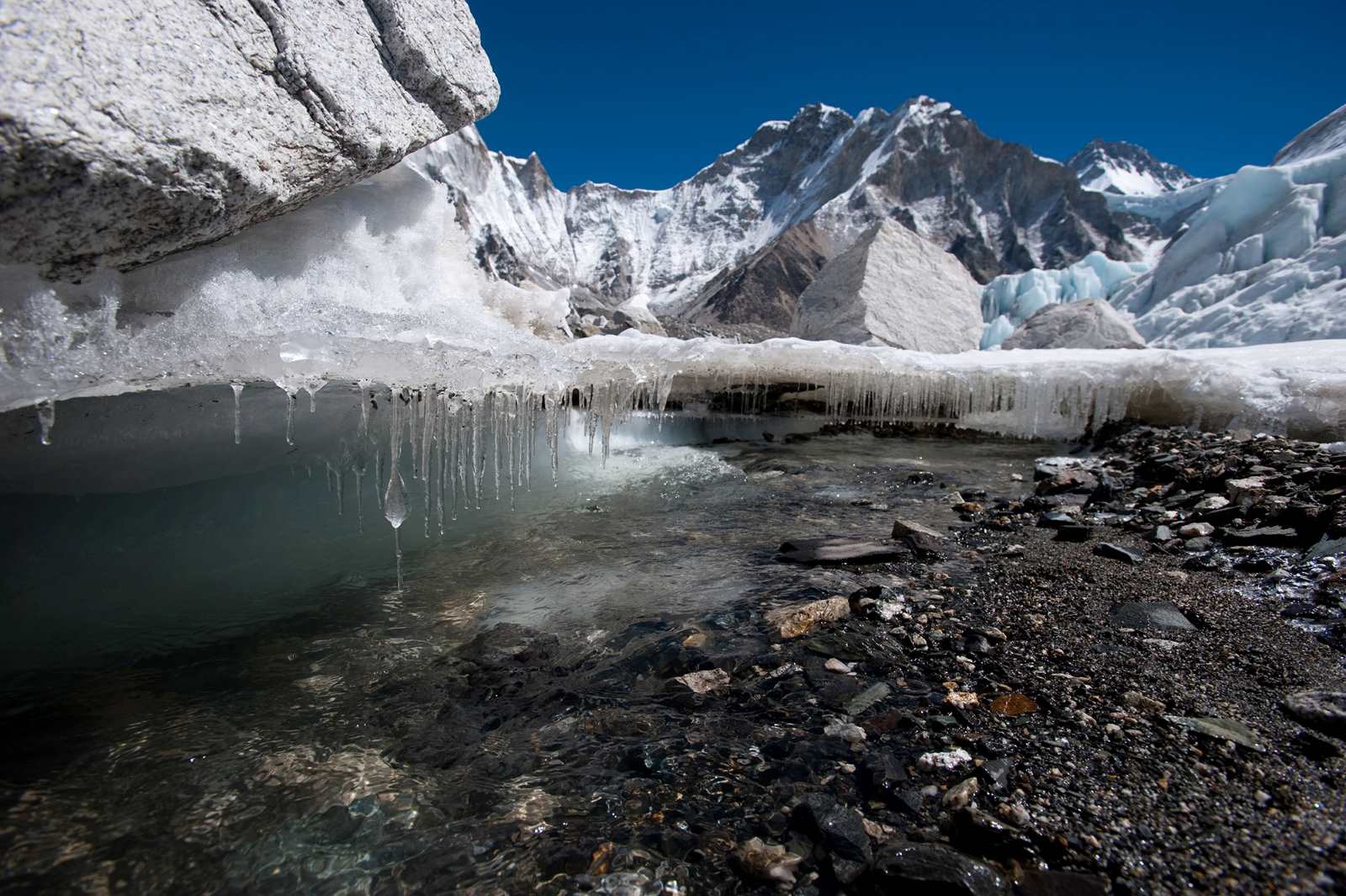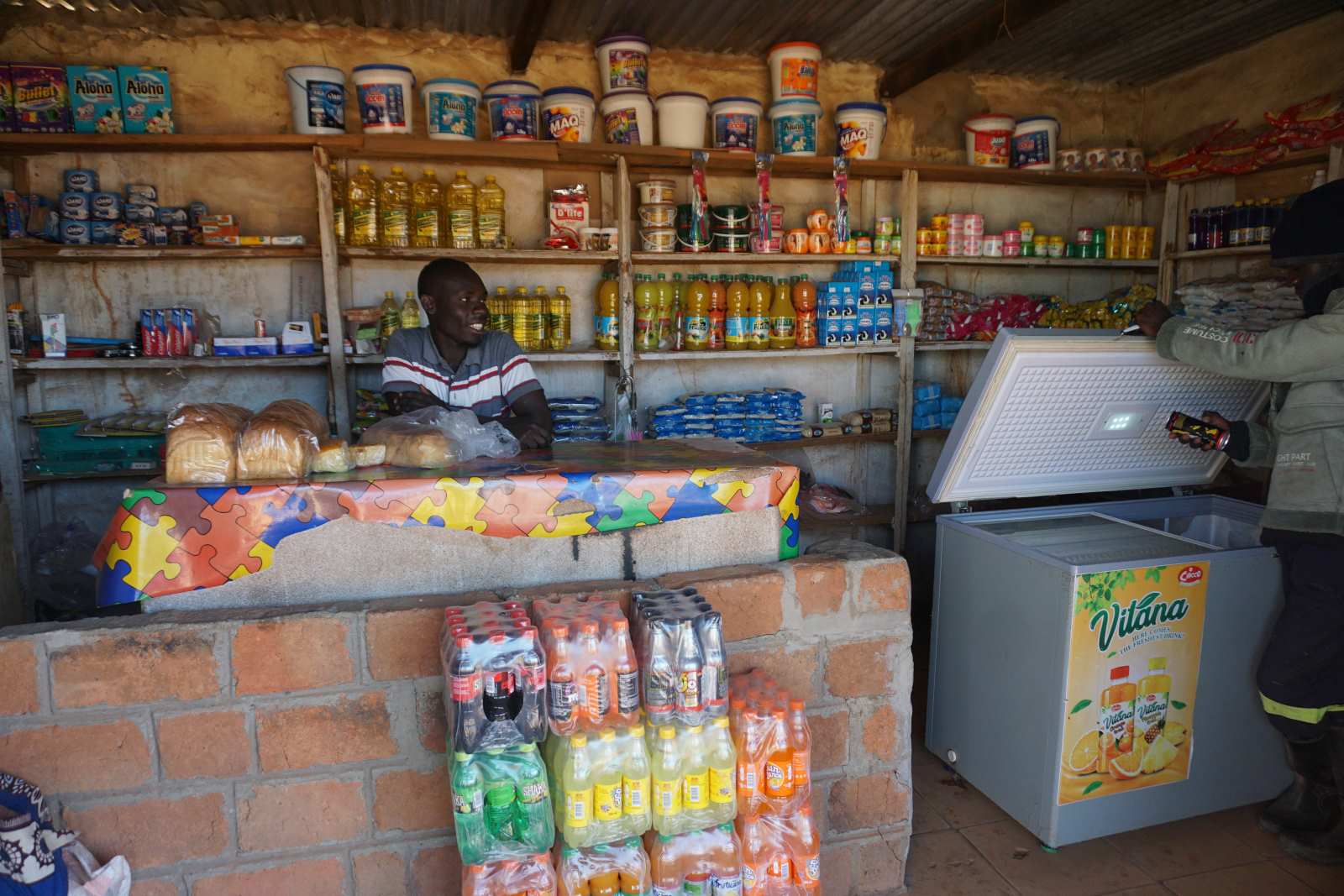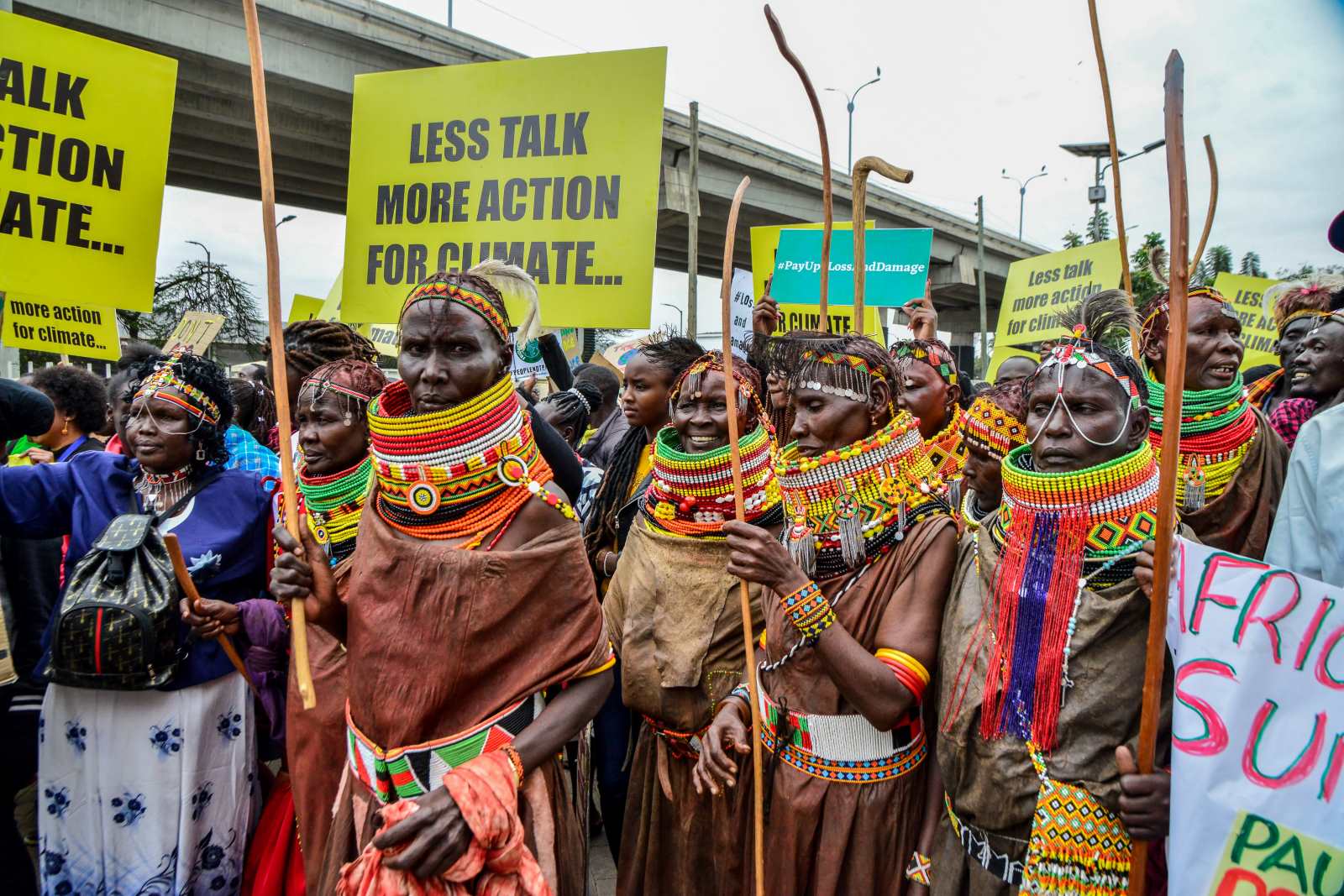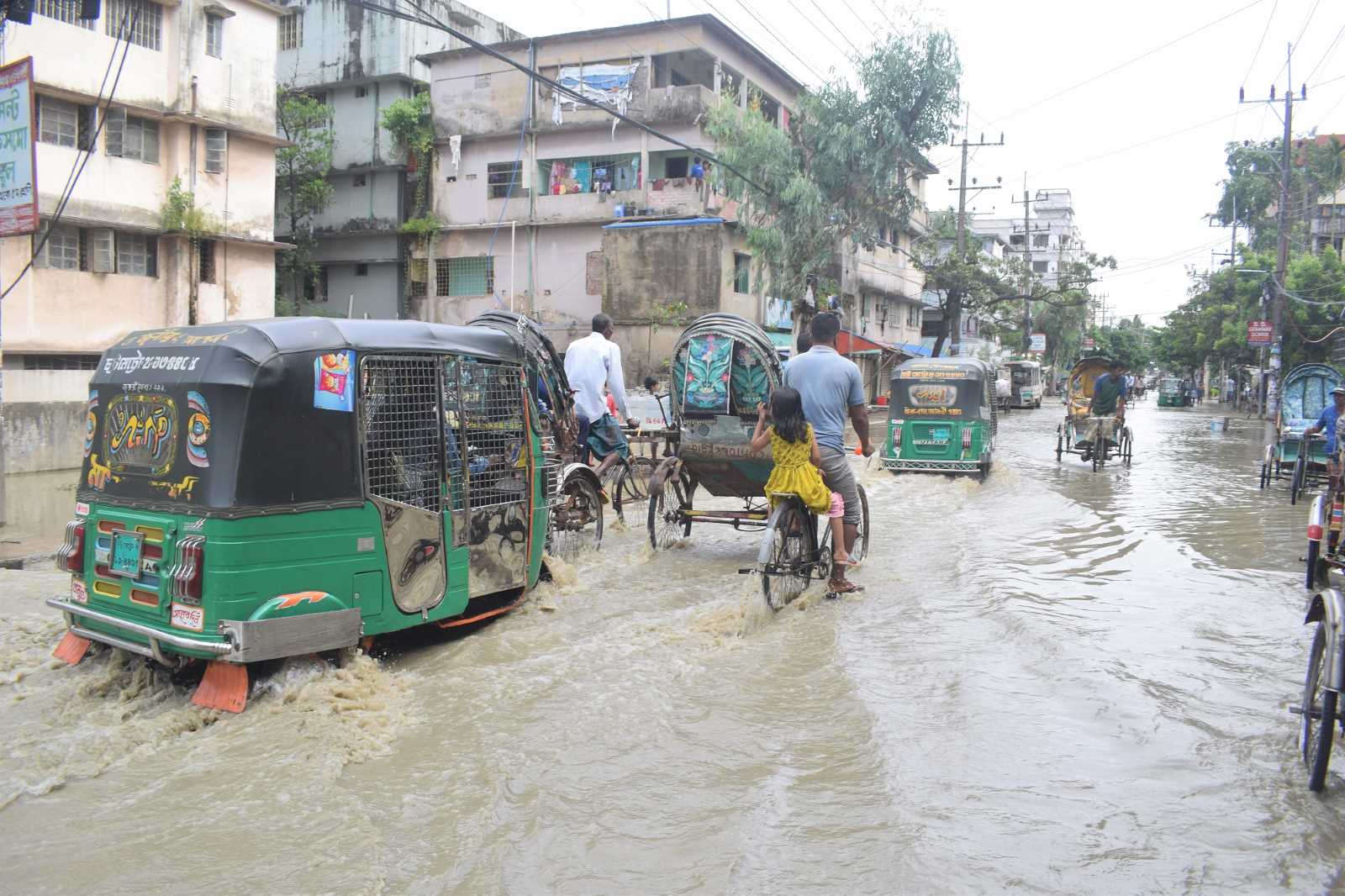Extreme weather
Lessons to be learnt from Nepal’s recent excessive rains

On 3 October, the National Disaster Risk Reduction and Management Authority released a report according to which flood waters and landslides caused 236 deaths, with 19 persons still missing. Entire villages were destroyed, and more than 16,000 families displaced. Moreover, vital infrastructure was damaged – from roads and bridges to hydropower projects and irrigation schemes through to high- and low-tension transmission lines. Many schools and health centres were affected too. In the early hours after the disaster, landslides blocked many highways. Domestic flights were disrupted.
In one fateful incident in Kathmandu, two men and two children were swept from the tin roof on which they had waited to be rescued for more than four hours. One girl went missing, the other three were saved. Six football players were killed by a landslide when they were trying to reach a safe place in the southwest of the capital.
Survivors are traumatised, having lost loved ones, homes and belongings. Businesses and livelihoods have been affected, but government relief is very slow and unreliable.
The recent disaster hurts tourism, an important sector of the economy. September and October are considered the peak tourism season, for trekking in particular. This year, some important destinations were inaccessible.
Domestic travellers were affected too. During the long holiday breaks for the Hindu festivals of Dashain (3 to 16 October this year) and Tihar (30 October to 3 November) many people were returning to their home regions, which meant using dangerously damaged roads this year. News of bus accidents, of course, are frequent even in good times.
Not much climate emissions, but serious climate impacts
It is well known that Nepal is exposed to climate risks. While its contribution to global heating has been negligible, it is suffering serious impacts. Mountain slopes are losing snow, and the glaciers are melting fast. Water problems – both scarcity and flooding – are increasing. The fragile Himalayan environment is changing.
Several measures have been taken at the federal, provincial and local levels to manage the risks. Nepal has funds for rescue and relief. There are preparedness and awareness programmes.
When the rains caused disaster in September, however, nothing seemed to work. Even in the capital city, rescue and relief operations were slow and less effective than needed.
Security staff from the army and the police did their best, but they only had limited equipment. They mostly made do with primitive means like ropes, bottles and shovels.
Quite obviously, Nepal needs a more pro-active approach. It is simply not enough to have disaster-management committees at the local level if they do not have what they need for effective responses to catastrophes.
More climate finance would help
Due to budget constraints – Nepal is South Asia’s poorest country – state agencies are generally underequipped. Nepal deserves more adaptation support and damage compensations from far more prosperous nations that have done much more to cause the climate crisis.
Tight budgets, however, do not excuse everything. All too often, sensible rules are not enforced. During the recent calamities, too many officers were not up to the tasks at all levels of government. Once again, apathy, indifference and incompetence were apparent. It was irritating, for example, that no one predicted the disaster’s devastating scale even though there had indeed been warnings about heavy rain and potential flooding.
Nepal must learn from disaster. We need early warning systems, community preparedness, strong infrastructure and appropriate planning. Policymakers and administrators have their work cut out for them, and it includes mobilising more climate finance from high-nation countries.
Rukamanee Maharjan is an Assistant Professor of Law at Tribhuvan University, Kathmandu.
rukamanee.maharjan@nlc.tu.edu.np

